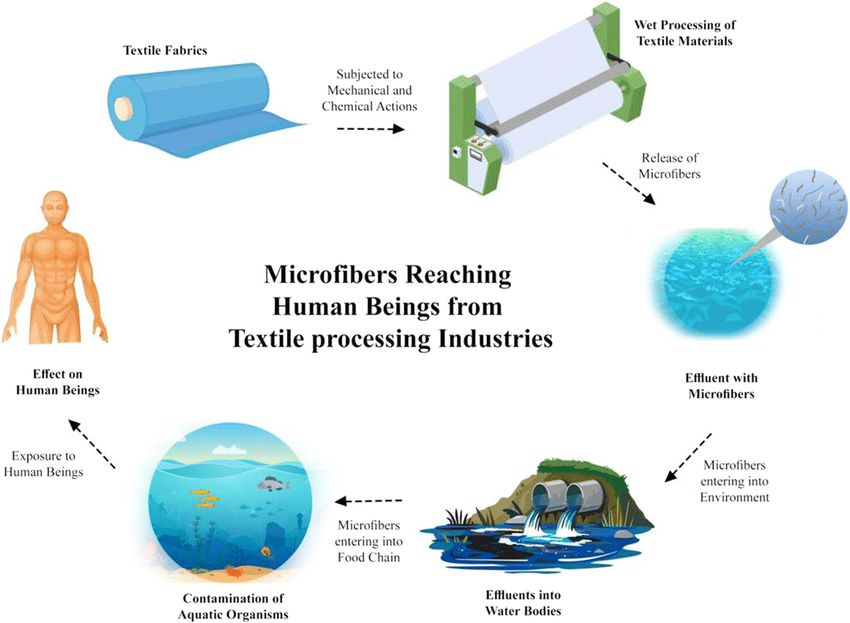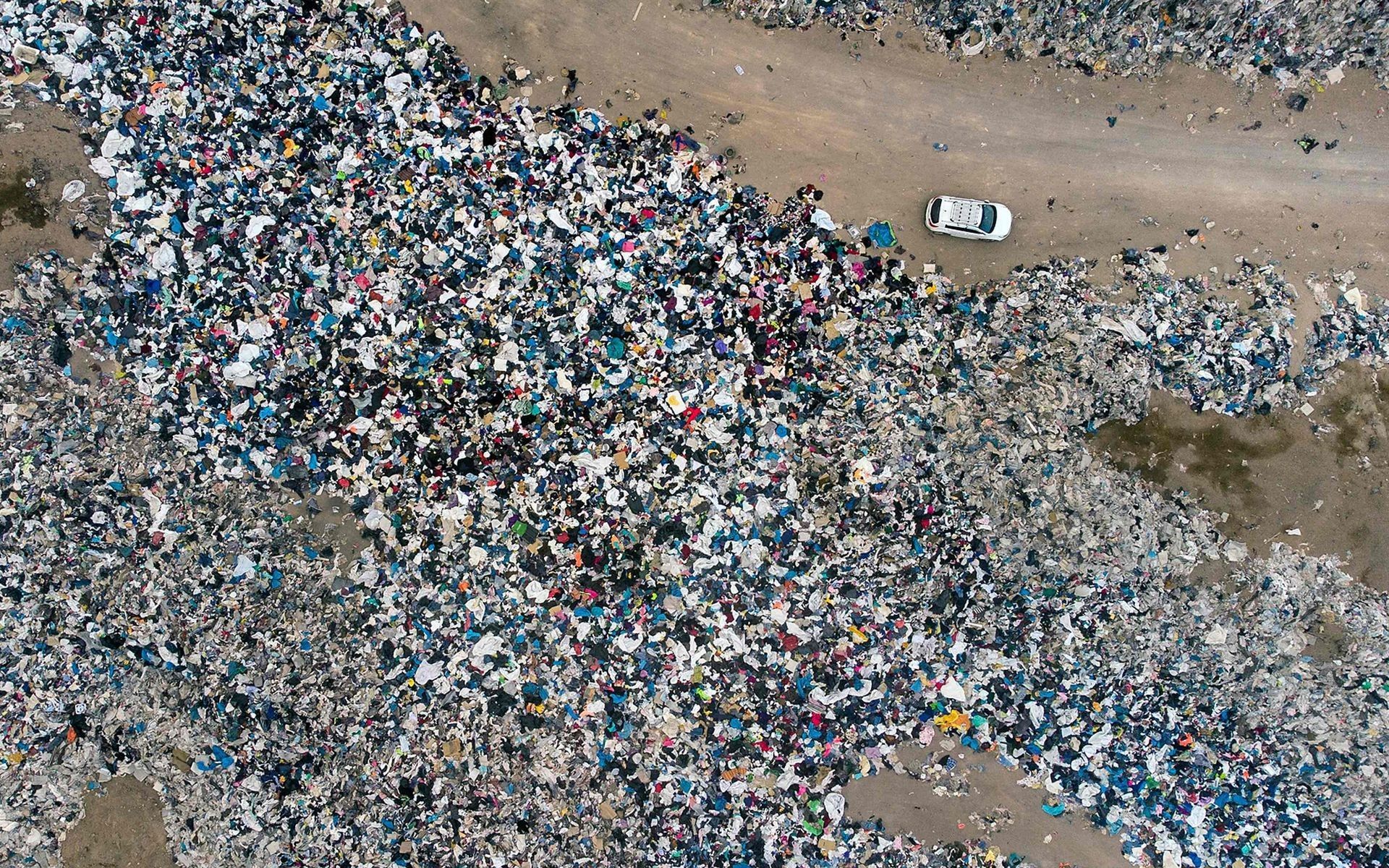Long gone are the days when putting together a festival outfit meant putting on your brightest neons, your highest socks, and your goofiest glasses. Today, festivals are akin to fashion shows where gals and guys can be seen showing up early in leather, chains, and platform boots to get the perfect shot for the ‘gram. Fast fashion companies have caught on [editor note: looking at you Shein], and while they are raking in the money, our environment is paying the price.
The fast fashion industry is the third-largest producer of Greenhouse gasses (GHGs), accounting for up to 10% of total global emissions. For reference, that’s more than the shipping and aviation industry combined! Unfortunately, little is being done to mitigate the waste it produces.
85% of textiles end up in landfills, with only 12% of fabrics ever getting recycled. Most of the time, leftover fabrics and discarded clothes end up in places like the “Great Fashion Garbage Patch” in Chile. This Central Park-sized clothing dump (~840 acres) is the final resting place for over 39,000 tons of clothes each year!
The damage left in the wake of the fast fashion industry doesn’t end with the landfill. Along with producing harmful GHGs, the fashion industry is also the second-largest consumer of freshwater. Making just one cotton t-shirt uses almost 2700 liters of water and this process may be more toxic than it is wasteful.
The dyeing and finishing process contaminates water with harmful chemicals and renders it non-reusable, resulting in millions of gallons of toxic water flowing into our streams and ecosystems. That toxic backwash from textile factories soaks into our groundwater and trickles out to open water, accounting for 20% of water contamination and 10% of oceanic microplastics.
The type of material we wear is also a major factor. More than half of the clothes produced today use some form of synthetic fabric since it is cheaper, more durable, and easier to access for large-scale companies. Fossil fuel-derived synthetic fabrics like Polyester, Fleece, and Nylon all contain plastic microfibers that can be released when they are washed. An estimated 700,000 fibers come off our clothes every wash cycle, continuously adding to the estimated 1.4 trillion microfibers polluting our oceans.

There is hope to fight back against the scourge of fast fashion – subtle ways each of us can make a difference. Look for plastic-free, non-synthetic, sustainable fabrics such as hemp and silk shirts that can be found at festival vendor booths and are some of the comfiest clothes available! Other fabrics like wool, bamboo, cashmere, and linen are better fashion alternatives.
Another way to fight back is by supporting local creators! The EDM community is filled with creative individuals who love to share their artistic clothing creations. Whether it’s repurposing old fabrics, upcycling second-hand clothes, or even just creating new styles with zero waste, these artists are mindful alternatives to fast fashion and often innovate hot new styles each festival season.
For the sake of the environment and the betterment of the EDM community, take some time to reflect on your festival fits. Maybe find some local handmade outfits or get creative with repurposing old clothes in your closet. We owe it to ourselves and our planet to refrain from feeding the fast fashion machine. In doing so, we are taking one more step towards a more environmentally friendly music community.













